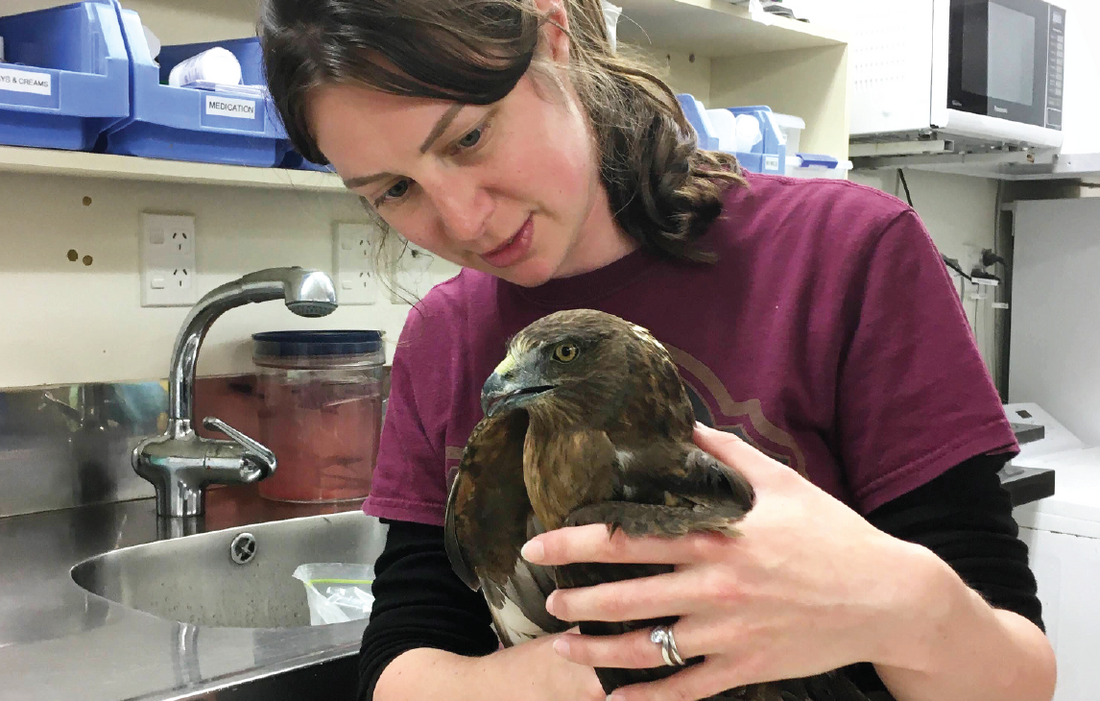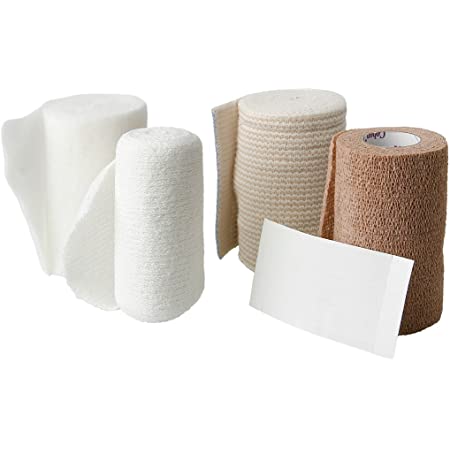
Bird rehabilitation - Essential tools of the trade. Part 1
Share
If you work in rehabilitation you will know that everyday is different. I have compiled a list of my go to supplies that have helped me out in almost every situation. As I was compiling the list I realised it grew quite quickly, so I have broken this blog down into three parts. The first part I will talk about my tools. these are the things i like to have on hand in the most ideal of situations. Part two will cover supplements and supplies. I have done a good mental walk around all the bird clinics I have had the pleasure to work for to pull this list. The third part will look more at spaces, systems, skills and bonus things.
I'm not saying you must have everything on this list to rehab. But if you do have most of these items, you will certainly be prepared for almost anything.
Tools
Crop needles, Crop tubing
I like to carry a good range of crop needles from 8g to 16g. I personally prefer straight needles as I find the bend a little severe on curved needles. Tubing should be soft and made of silicon, it can be cut to length. Make sure you rinse after using followed by sterilisation.
Kimani sells a good range and are some of the better ones on the market currently.
A range of syringes and needles
A good variety of syringes and needles are useful for a range of things, from medicating, giving fluids to feeding. If you buy nice quality syringes and look after them well, you can get many uses out of them. Needles should only ever be used once as they become contaminated and lose sharpness.

Thermometer
Doesn't have to be fancy. I would recommend keeping a couple on hand, they are good at going missing. Be sure to remember to sanatise your thermometers in-between uses.

Stethoscope
Not only are they good for hearing a heartbeat, but stethoscopes can also enable you to detect issues occurring in the air sac.

Good scales
Invest in good accurate scales. Depending on your patients, you may need to get two, one for large birds and one for tiny birds. Daily weighing is a good habit to get into with critical patients.

Protective gear - masks, gowns, gloves and safety glasses
Having the right protective gear and good hygiene protocols is essential for keeping you and your patients safe. Campylobacter, chlamydiosis, giardia and salmonella are just a few zoonotic diseases that be transferred between birds and humans.
Another thing to keep in mind, birds have sharp bits. Be weary of scratches and bites, their can be a lot of nasty bacteria hiding in mouths and under nails.
As good rehabbers we have to remember that birds are not exposed to human bacteria in the wild, so always be very careful when handling them. Good hygiene saves lives.

Pegs
Some times you just don't have enough hands... Pegs have many uses in rehab, and something I can't live without.

Tweezers
Great for feeding baby birds and picking apart cotton and hard to reach fishing line. You can buy tweezers in either plastic or stainless, it just comes down to personal preference. Be weary that while stainless steel tweezers are long lasting and easy to clean some can have very sharp tips and may not be ideal for all situations. Helpful tip, check out your local sewing shop for a great range of tweezers.

A range of sharp scissors
As an ex seamstress I appreciate having the right scissors for the job. Keep in mind that your scissors will need to be sterilised a fair bit, so be sure to buy stainless steel, there is nothing worse then scissors that rust and don't last.

Metal detector
Worth its weight in gold, especially if you get a lot of sea birds through your care. I have been able to detect fishing hooks, metal pellets and even nails with a metal detector.
Sharps container
Safety first! Be sure to dispose of all your sharps correctly, to keep yourself and everyone else safe.

A range of bandaging
Everyone will have bandaging they prefer to use. It's good to carry a range so you can do the basic bandaging techniques e.g. the robert jones bandaging technique

Heat panels
Heat is often the difference between life and death for a sick bird. It's good to have a heating source that is quick to set up and easy to control. I really like these plastic heat panels as they are so simple to keep clean in between uses.
Helpful tip, you can also find these heat panels at garden shops and brew shops. They are used amongst a few industries.

Incubator
Incubators are a big ticket item in rehab. No worries if you can't buy a purpose built one at first though, there are plenty of ways to rig a home set up! In an industry like wildlife rehab, it pays to use a bit of ingenuity.

Blue light torch
UV light from these blue light torches a great for detecting thrush and providing good contrast for florisene stains on the eyes. I nice inexpensive addition to your tool kit.

Nebuliser
Medicating birds when they are in critical condition can be one of the trickiest things to master in bird rehabilitation. Omron make a great little nebuliser. It is very easy to use and can be rigged to make a nebuliser box for easy drug administration. The Omron can also be used to give your patient a little extra humidity, which can be quite helpful in a few situations

Nets
Birds sometimes escape... what more can I say?

A mighty fine First Aid Kit
This one's for you! Accidents happen and bird can have a lot of sharp bits. Make sure you carry a good First Aid Kit so you can patch yourself up when needed.

Written by Jemma McLean



